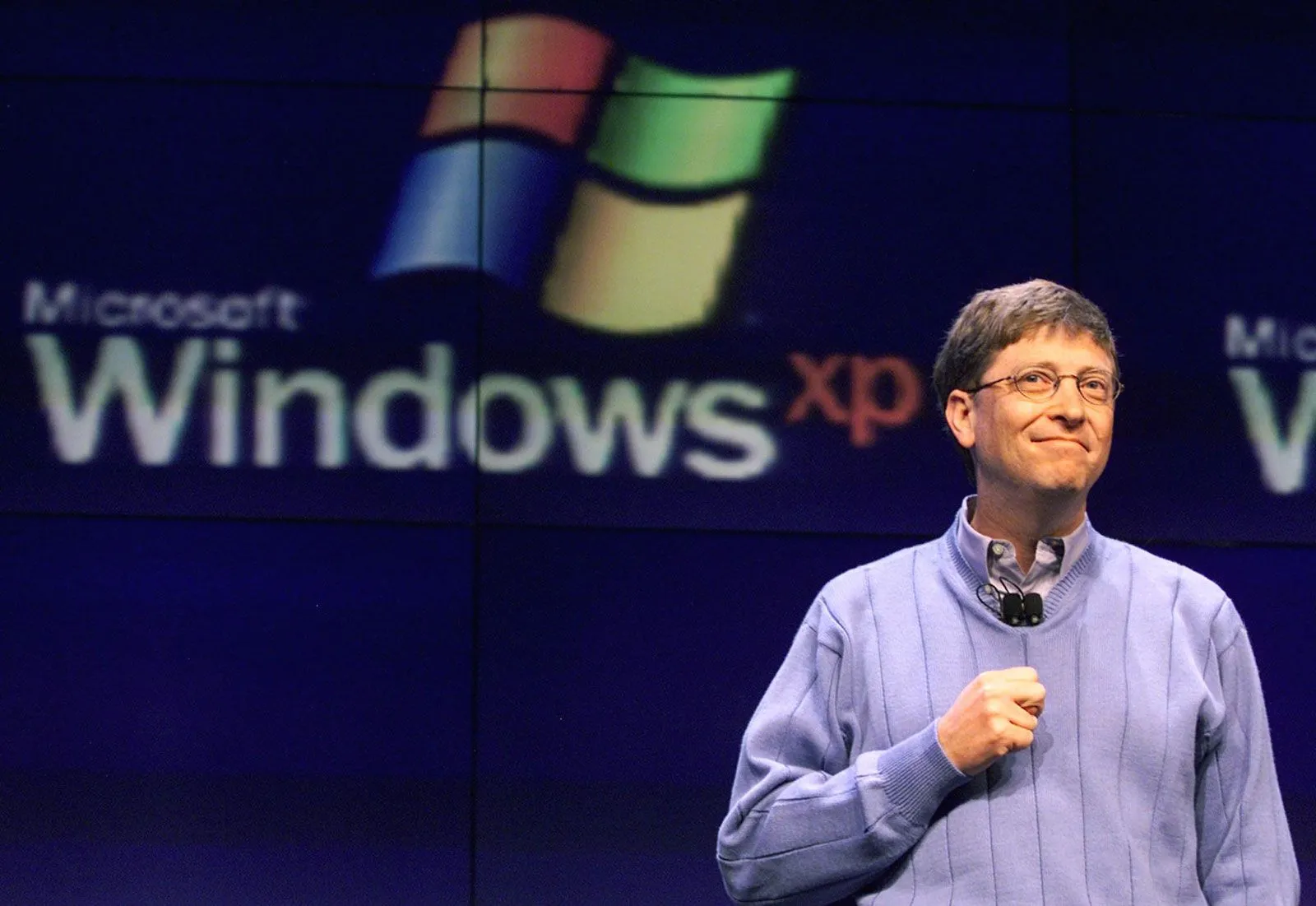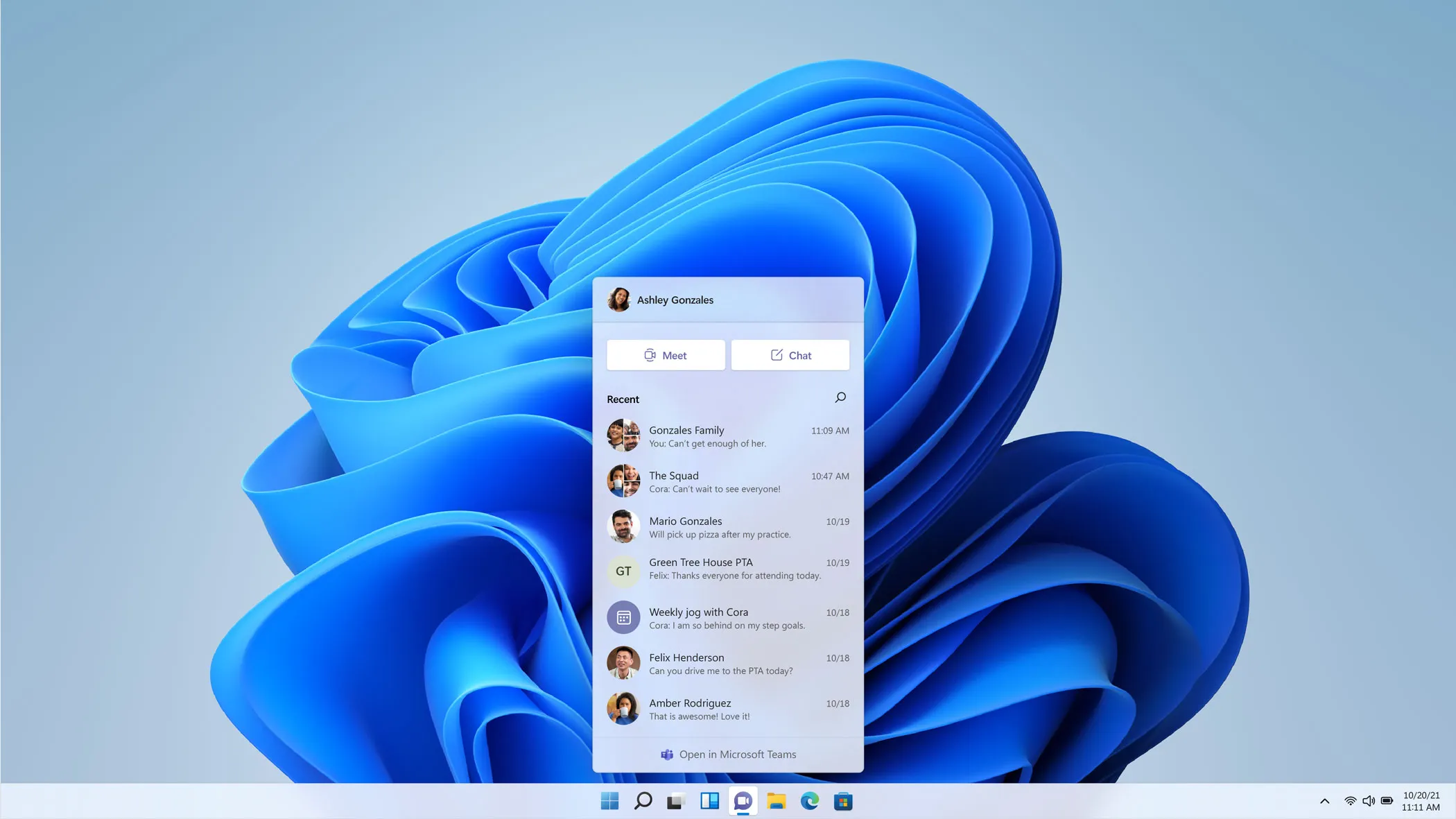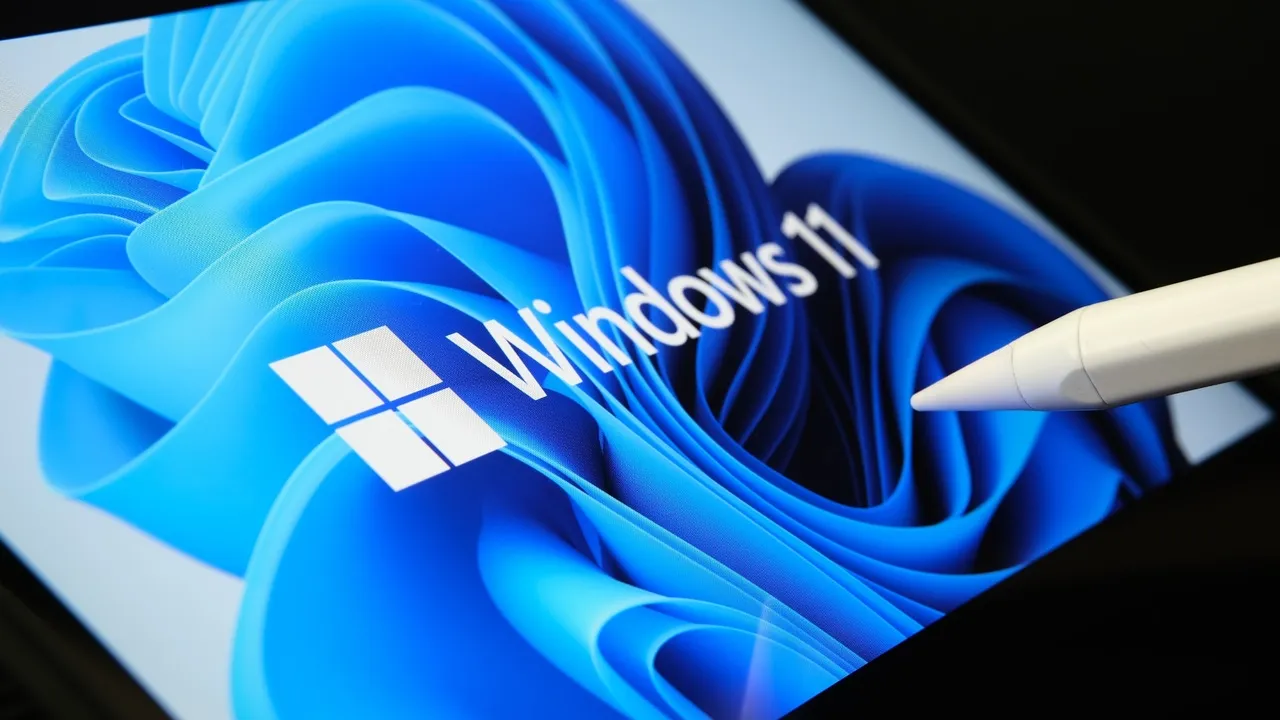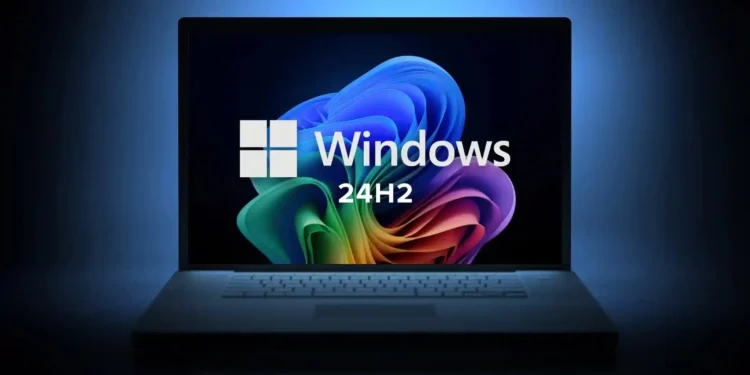Microsoft is making significant updates to Windows 11, and the Start Menu is taking center stage with a fresh revamp that introduces new features and customization options. This latest change, confirmed by the company and observed by many Windows Insiders, is part of an ongoing effort to improve user experience and functionality across the operating system. While it may not fully live up to the nostalgic desires of Windows 10 fans, the update is a step in the right direction.

Windows 11 Start Menu Gets a Sleeker, More Customizable Look
The redesigned Start Menu in Windows 11 has undergone several changes aimed at making it more user-friendly and adaptable to individual preferences. The overall layout now feels roomier, offering more space for users to customize and organize their apps. One of the most notable updates is the addition of an “All Apps” category view, which automatically sorts apps based on the ones you use most often. This makes navigating the Start Menu easier and more intuitive, as it prioritizes your most-used applications.
For users who have longed for the traditional Start Menu from Windows 10 or earlier versions, this update may still fall short. To get closer to the classic look and feel, third-party tools may still be required. However, for those who appreciate more options for organizing their apps and a more streamlined experience, the new Start Menu layout offers a welcome change.
Phone Link Panel: A New Way to Connect Devices
A standout feature in the updated Start Menu is the addition of a panel for Microsoft’s Phone Link tool. This feature has been steadily evolving into a powerful app that connects Windows 11 PCs with Android and iOS devices. The new panel will provide easy access to features like calls, messages, and device information, such as battery levels, directly from the Start Menu.

The Phone Link panel is a significant step toward improving cross-device connectivity and enhancing the overall user experience. While the tool is still hit and miss in some areas, especially with iOS functionality (group messages, for example, aren’t currently supported), this addition to the Start Menu will likely be a game-changer for users looking for seamless integration between their phone and PC.
AI-Powered Settings Search: A New Way to Navigate Windows 11
In response to user feedback about the difficulty of finding and changing settings on their PCs, Microsoft is also introducing an AI-powered search agent. The idea behind this update is to make it easier for users to find and modify settings by simply describing what they want to change. For example, users can ask the AI, “How do I control my PC by voice?” and the assistant will bring up the relevant settings.
The AI assistant goes a step further by offering to complete the task on your behalf—provided you give it permission. While this might sound like a convenient addition, there are concerns about allowing AI to make changes to system settings without careful oversight. Given the occasional mistakes made by AI tools, users may want to remain cautious about letting the assistant take full control over their PC.
For now, this feature will be available to Windows Insiders using Snapdragon-powered Copilot+ PCs, with plans to extend it to Intel and AMD-powered devices in the future.
Other Updates: Notepad, Lighting Controls, and More
Windows 11 is also receiving other notable updates. Notepad, for example, will now include a text generation feature, taking the application far beyond its original simplicity. Users will be able to generate text from a prompt, adding a more AI-driven dimension to the basic text editor. While this may appeal to some, it does raise questions about how much the application’s original functionality is being altered.

For those using Copilot+ PCs, the update also brings enhanced lighting controls for images and an object select tool. These updates continue the trend of integrating more advanced features into Windows 11, especially for users with specialized hardware.
When Can You Expect These Updates?
Windows Insiders can expect to see the updated Start Menu and other new features rolling out within the next month. The updates are likely to expand to a wider audience over time, although some features—like the AI settings assistant—may remain exclusive to certain hardware configurations, such as Copilot+ PCs.
While some users may still yearn for the classic Windows 10 Start Menu, Microsoft’s efforts to improve customization, cross-device connectivity, and AI integration show the company’s commitment to keeping Windows 11 fresh and functional for modern users.










